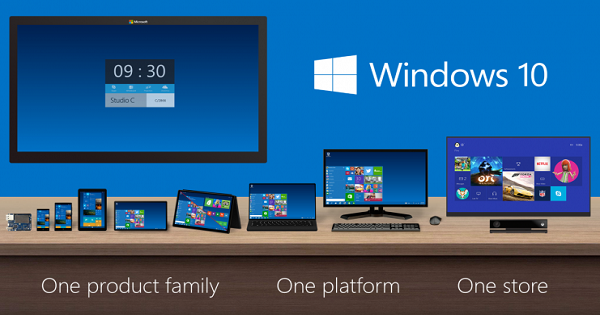Posted by : Unknown
Monday, 11 August 2014
The new chip dubbed “TrueNorth” works to mimic the “right brain” functions of sensory process responding to sights, smells and knowledge from the surroundings to “learn” to retort in numerous things, Modha said. It accomplishes this task by employing a vast network of “neurons” and “synapses,” just like however the human brain functions by exploitation info gathered from the body’s sensory organs.
The researchers designed TrueNorth with a million programmable neurons and 256 million programmable synapses on a chip with 4,096 cores and 5.4 billion transistors. A key to the performance is that the extraordinarily low energy use on the new chip, that runs on the equivalent energy of a hearing-aid battery. This can enable a chip put in in a car or smartphone to perform supercomputer calculations in real time while not connecting to the cloud or different network.
The Systems of Neuromorphic Adaptive Plastic Scalable Electronics or SyNAPSE chip, is capable of 256 million programmable synapses, 1 million programmable neurons and 46 billion synaptic operations per watt, per second. The new chip dubbed "TrueNorth" works to mimic the "right brain" functions of sensory processing "responding to sights, smells and information from the environment to learn to respond in different situations. It accomplishes this task by using a huge network of "neurons" and "synapses," similar to how the human brain functions by using information gathered from the body's sensory organs.
The researchers say TrueNorth in some ways that outperforms today’s supercomputers though an instantaneous comparison isn’t attainable as a result of they operate otherwise. But they wrote that TrueNorth will deliver from 46 billion to 400 billion “synaptic” calculations per second per watt of energy. That compares with the foremost energy-efficient supercomputer that delivers 4.5 billion “floating point” calculations per second and per watt. The chip was made-up exploitation Samsung’s 28-nanometer method technology.
The project funded by the United States Defense Advanced research projects Agency (DARPA) revealed its analysis in a very cover article on the August 8 edition of the journal Science.
“It is an achievement to leverage a method used for commercially out there, low-power mobile devices to deliver a chip that emulates the human brain by process extreme amounts of sensory info with little power,” aforesaid choreographer Han of Samsung electronics, in a very statement.
“This may be a vast beaux arts breakthrough that’s essential because the business moves toward the next-generation cloud and big-data process.”
- Back to Home »
- chip , server , services , system , technology , updates »
- IBM Reveals Next-gen Chip that Delivers Supercomputer Speed














